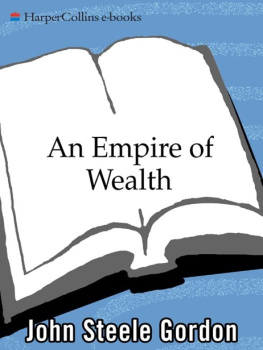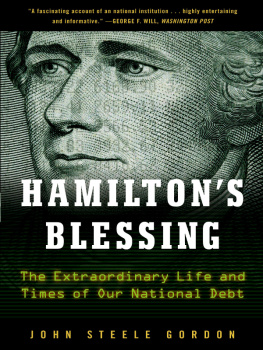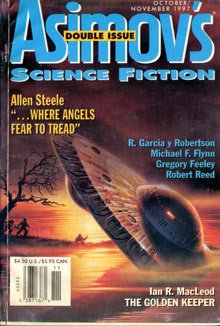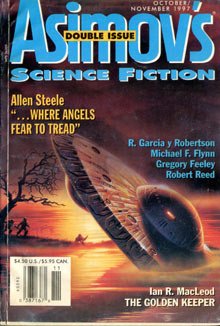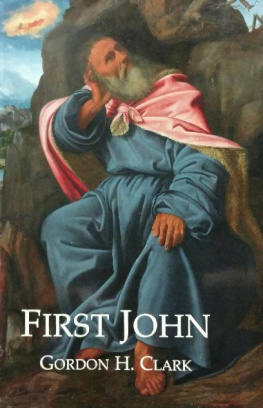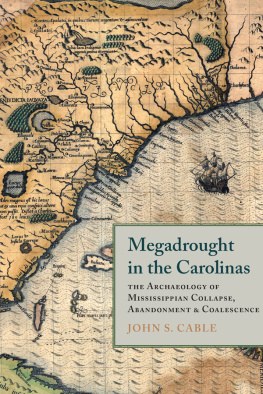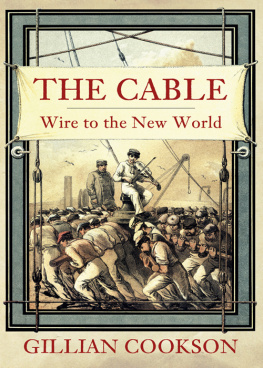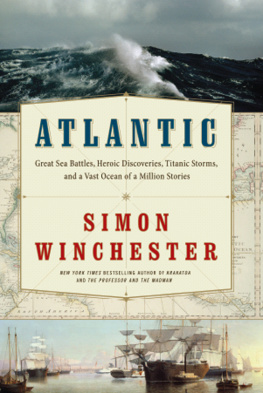John Steele Gordon - A Thread Across the Ocean: The Heroic Story of the Transatlantic Cable
Here you can read online John Steele Gordon - A Thread Across the Ocean: The Heroic Story of the Transatlantic Cable full text of the book (entire story) in english for free. Download pdf and epub, get meaning, cover and reviews about this ebook. year: 2002, publisher: Walker, genre: History. Description of the work, (preface) as well as reviews are available. Best literature library LitArk.com created for fans of good reading and offers a wide selection of genres:
Romance novel
Science fiction
Adventure
Detective
Science
History
Home and family
Prose
Art
Politics
Computer
Non-fiction
Religion
Business
Children
Humor
Choose a favorite category and find really read worthwhile books. Enjoy immersion in the world of imagination, feel the emotions of the characters or learn something new for yourself, make an fascinating discovery.
- Book:A Thread Across the Ocean: The Heroic Story of the Transatlantic Cable
- Author:
- Publisher:Walker
- Genre:
- Year:2002
- Rating:3 / 5
- Favourites:Add to favourites
- Your mark:
- 60
- 1
- 2
- 3
- 4
- 5
A Thread Across the Ocean: The Heroic Story of the Transatlantic Cable: summary, description and annotation
We offer to read an annotation, description, summary or preface (depends on what the author of the book "A Thread Across the Ocean: The Heroic Story of the Transatlantic Cable" wrote himself). If you haven't found the necessary information about the book — write in the comments, we will try to find it.
A Thread Across the Ocean: The Heroic Story of the Transatlantic Cable — read online for free the complete book (whole text) full work
Below is the text of the book, divided by pages. System saving the place of the last page read, allows you to conveniently read the book "A Thread Across the Ocean: The Heroic Story of the Transatlantic Cable" online for free, without having to search again every time where you left off. Put a bookmark, and you can go to the page where you finished reading at any time.
Font size:
Interval:
Bookmark:
Copyright 2002 by John Steele Gordon
All rights reserved. No part of this book may be reproduced or transmitted in any form orby any means, electronic or mechanical, including photocopying, recording, or by anyinformation storage and retrieval system, without permission in writing from the Publisher.
First published in the United States of America in 2002 by Walker Publishing Company, Inc.
Published simultaneously in Canada by Fitzhenry and Whiteside, Markham, Ontario l^R 4T8
Every effort has been made to locate and contact all the holders of copyright to material reproduced in this book.
Illustrations on pages ill and 207 arc used bypermission of The Granger Collection, NewYork. Illustrations on pages 11 and 34, courtesy of the New York Historical Society, New York City. Illustration on page 37 is used by permission of the Library of Congress. Illustration on page 43, courtesy of the Chamber of Commerce, New York City. Illustrations on pages 81,103, and 105 are from Harper's Weekly [TelegraphSupplement] September 4, 1858. Illustration on page 124 is from Harper's Weekly,August 14, 1858. Illustrations on pages 133,136, and 204 are used by permission of Culver Pictures. Illustrations on page 157,courtesy of the Burndy Library, Norwalk, Connecticut. Illustrations on page 148, courtesy of the Nautical Photo Agency. Illustration on page 156 is by Ley Kenyonpublished in Builder and Dreamer by Laurence Maynell, The Bodley Head Ltd.,London, 1952. Illustration on page 161, courtesy of C. C. Bennett. Illustration on page 175 used by permission of The Illustrated London News Picture Library.Illustration on page 194 is used by permission of The Metropolitan Museum ofArt, all rights reserved. Illustration on page199 is courtesy of the National Archives of Canada/C-oo4484.
ISBN 0-8027-1364-5
For George Gibbon
In comparison with the ship from which it was payed out, and the gigantic waves among which it was delivered, [the cable] was but a mere thread.
NICHOLAS WOODS The Times of London , 1858
Let us then be up and doing, With a heart for any fate;
Still achieving, still pursuing, Learn to labor and to wait.
-HENRY WADSWORTH LONGFELLOW "A Psalm of Life"
The laying of the Atlantic cable was one of the great international undertakings of the mid-nineteenth century. Although organized and pushed to completion by an American, much of the technology and most of the financing came from Britain. Thus, figures in both dollars and pounds appear frequently on these pages. What was the relative value of each currency at that time?
In the middle of the nineteenth century, Great Britain had the world's largest economy, the pound sterling was the dominant currency of international trade, and the Bank of England was, effectively, the world's central bank. Since the early eighteenth century, the pound had been valued at three pounds, seventeen shillings, ten and a halfpence to the ounce of gold. After 1821 the Bank of England had stood ready to buy or sell unlimited amounts of sterling for gold at that rate. This was the beginning of the "gold standard" that would spread around the world over the next half century and endure in one form or another until 1971. As a result, Bank of England pound notes traded at par with gold and were acceptable as payment almost everywhere.
The dollar had been valued at $20.6 to the ounce of gold since 1834, but the United States had no central bank after 1836, when the charter of the Second Bank of the United States expired and President Andrew Jackson vetoed its renewal. The United States Treasury minted gold and silver coins, but American paper money, before the Civil War, was issued by thousands of state-chartered banks. These notes traded for gold at ratios that ranged from nearly par to nearly infinity, depending on the reputation of the bank and the distance of the transaction from the hank's headquarters, where they could be redeemed for specie (in coin). American paper money had no currency abroad.
With the advent of the Civil War, the United States Treasury began issuing "greenbacks," paper currency that was not redeemable in gold (and not acceptable in payment of federal taxes). The ratio of the value of these greenback dollars to the gold dollar tended to correlate, inversely, with the fortunes of the Union Army, reaching a high of 2.87 greenback dollars needed to buy i gold dollar just before the Battle of Gettysburg in 1863.
That year the National Banking Act ended the issuance of bank notes by state banks and provided for the chartering of national banks, which could issue banknotes only under strict regulations and to a uniform design. This gave the United States a sound and coherent paper money system for the first time m its history. With the return of peace and of the Confederate states to the Union, the dollar became once more fully convertible into gold in 1875.
Based on their values relative to gold, in the 18508 and 1860s, one pound was worth slightly more than five dollars. The various monetary sums given in this book can be accurately converted at this ratio.
I wish to thank my publisher, George Gibson, who had the idea that I should write this book and waited more patiently than I would have for it to be delivered; Katinka Matson, my agent; Jackie Johnson, who edited the book; my friend David Stebbings, who made sure I got the technical details correct; Judith Gelernter of the Union Club Library, for aEowing me to keep books long after they were past due; Timothy Field Beard for details on the ancestry of the Field family; and John K. Howat for information on the South American adventure of Cyrus Field and Frederic Church.
THOMAS NIGHTINGALE HAD PROSPERED in South Carolina almost from the day he had arrived as a young man from his native Yorkshire in the 1720s. He got his start operating a cow pen on the frontier but soon branched into numerous other activities, including building Newmarket Race Track in Charleston and importing some of the first thoroughbred horses to the North American colonies.
The timing of his arrival had been fortunate. Trade in rice and indigo was fast making the Carolina tidewater the richest part of the British North American empire, and Thomas Nightingale grew rich right along with his adopted land.
In 1760, already well established among Charleston's aristocracy, he decided to add one more proof of his status in that very status-conscious society. He bought a pew, number 101, in St. Michael's Church, then under construction in Charleston. With the great wealth at the congregation's disposal, little expense had been spared in the building of St. Michael's, a masterpiece of American colonial architecture. Much of the woodwork, for instance, would be supplied by Thomas Elfe, the city's leading cabinetmaker and himself a pew holder. A pew in such a church did not come cheaply. But for fifty poundsmore than a workman's annual wage in the middle of the eighteenth centuryThomas Nightingale received a deed to the pew, signed and sealed by the church commissioners.
That deed, to our eyes, has one very curious aspect. It is dated "the fifth day of December in the Year of our Lord One Thousand Seven Hundred and Sixty and in the Thirty-Fourth year of the Reign of our Sovereign Lord King GEORGE the Second..."* But King George had died suddenly of a burst blood vessel on October 25, 1760, while in his water closet. December 5, therefore, was in fact in the first year of the reign of his grandson, King George in.
It is a measure of the perceived vastness of the Atlantic Ocean in the eighteenth century that the king's richest North American possession remained ignorant of his death a full six weeks after the event. Charleston, in fact, did not learn of the king's death for another two weeks or more.
Next pageFont size:
Interval:
Bookmark:
Similar books «A Thread Across the Ocean: The Heroic Story of the Transatlantic Cable»
Look at similar books to A Thread Across the Ocean: The Heroic Story of the Transatlantic Cable. We have selected literature similar in name and meaning in the hope of providing readers with more options to find new, interesting, not yet read works.
Discussion, reviews of the book A Thread Across the Ocean: The Heroic Story of the Transatlantic Cable and just readers' own opinions. Leave your comments, write what you think about the work, its meaning or the main characters. Specify what exactly you liked and what you didn't like, and why you think so.


